Bog Mummies: Preserved in Peat sensitively discusses a delicate topic for young readers aged 8+, in third grade and up.
Decomposition naturally begins when life ends. It continues until all internal organs, skin and tissue decay and only bones remain. But decomposition does not move uninterruptedly from beginning to end.
Bacteria and fungi break down lifeless organs, skin and tissue. But obstructions can affect decomposers carrying out their responsibilities. Human intervention or natural forces may obstruct decay.
Embalmers are trained to intervene in decomposition. Extremes of arid heat or freezing cold naturally hinder decomposition. Mummification in peat is an example of freezing cold-related natural forces.
Mummification in peat is the only decomposition-buster presented in Bog Mummies, written by Charlotte Wilcox and published by Capstone High-Interest Books in 2003. The book makes up one of four titles in Capstone’s Mummies Series. Animal Mummies (2003) by Charlotte Wilcox and Ice Mummies (2003) and The Royal Mummies(2003) by Eric Kudalis represent the other three.
The book’s first and third chapters mention Europe’s peat-preserved mummies:
- Denmark’s Borremose I (1946), Grauballe Man (1952), and Tollund Man (1950);
- England’s Lindow I (1984), II (1984) and III (1987); and
- Germany’s Windeby Girl (1952).
The second chapter reveals scientific explanations for peat mummification. The final chapter summarizes cultural reasons for bog mummies.
Bog mummification happens when people fall -- accidentally or deliberately -- into almost-freezing water. Decayed matter has to be on the pond’s or pool’s bottom. Sphagnum moss must be on the water’s surface.
Moss absorbs water. The water body ultimately becomes layered 10 to 40 feet (3 to 12 meters) thick with peat formed from dead sphagnum. Peat preserves but flattens bodies which moss tans and whose bones thereby soften.
Bog mummies can be hundreds or thousands of years old. Thousand-year-old mummies tend to be sacrificial victims in spiritual rituals. Hundred-year-old mummies tend to represent accidental falls, punished criminals, or suicides.
Europe’s bogs in Denmark, England, Germany, Holland, and Ireland are precious resources. Peat rarely is cut manually nowadays. Peat-cutting machinery puts workers too high up to distinguish mummies from peat. Ironically, therefore, other mummies most likely will stay where their cultures intended them: in bogs to appease spirit worlds or to pay for crimes.
Bog Mummies ends with a glossary and an index. It includes recommended reading and resources to visit in the world and on the internet. It is an informative, interesting book for young readers who understand the cycle of birth, maturity, and death.


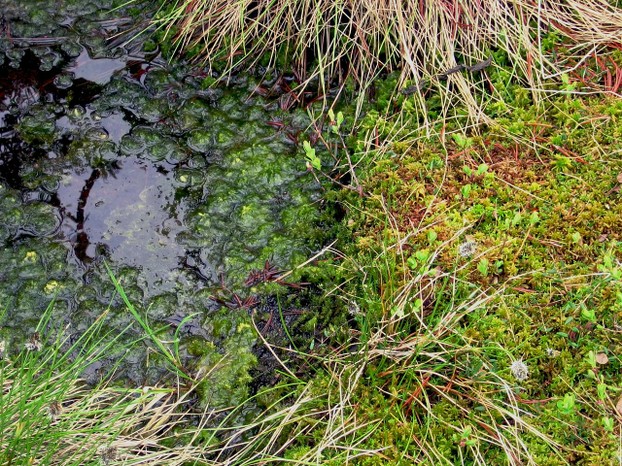
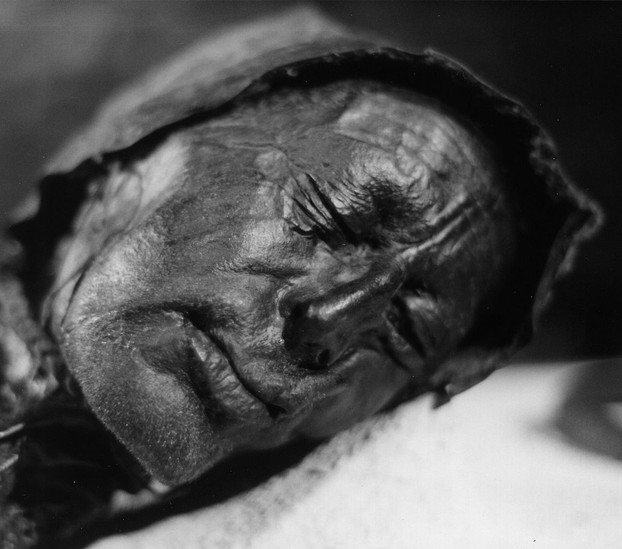
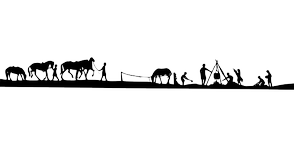

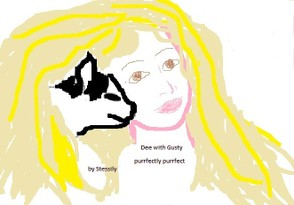
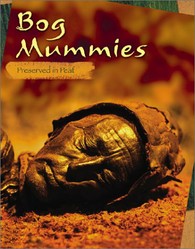

 Are Hawaiian Huakai Po Nightmarchers Avenging Halloween Thursday?on 10/02/2024
Are Hawaiian Huakai Po Nightmarchers Avenging Halloween Thursday?on 10/02/2024
 Mailing Addresses for 2023 Form 4868 Extending 1040 and 1040SR April 15, 2024, Due Dateon 04/15/2024
Mailing Addresses for 2023 Form 4868 Extending 1040 and 1040SR April 15, 2024, Due Dateon 04/15/2024
 Mailing Addresses for 2023 Forms 1040 and 1040SR Filed in 2024on 04/15/2024
Mailing Addresses for 2023 Forms 1040 and 1040SR Filed in 2024on 04/15/2024
 Mailing Addresses for 2022 Form 4868 Extending 1040 and 1040SR April 18, 2023, Due Dateon 04/13/2023
Mailing Addresses for 2022 Form 4868 Extending 1040 and 1040SR April 18, 2023, Due Dateon 04/13/2023

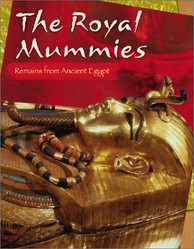
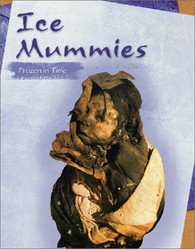
Comments